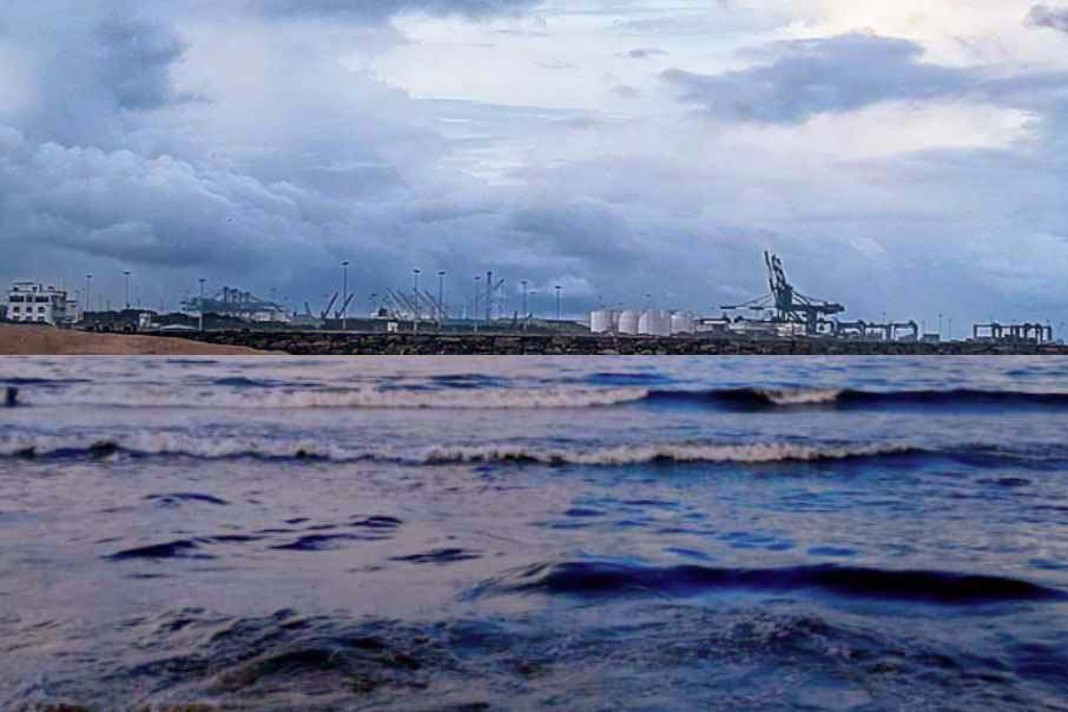The Baltic Exchange reports that during Week 47 the LNG spot market firmed significantly, as 2-stroke tonnage in the Atlantic remained extremely tight, driving noticeable increases across major trade lanes.
On the route from Australia to Japan (BLNG1), vessels of 174 k cbm capacity rose by US $4,200 to US $79,200 per day, while 160 k cbm ships gained US $11,000 to US $61,400 per day.
Meanwhile, the US Gulf–Continent route (BLNG2) saw the largest weekly jump — 174 k cbm vessels surged US $25,000 to US $129,000 per day, and 160 k cbm tonnage climbed US $20,000 to US $93,000 per day, reflecting acute tightness of Atlantic tonnage.
On the US Gulf–Japan trade (BLNG3), 174 k cbm vessel earnings rose US $17,600 to US $125,000 per day, and 160 k cbm tonnage increased US $14,000 to US $90,000 per day.
Time-charter market sentiment followed the spot moves: the six-month charter rate improved by US $3,550 to US $37,950 per day, the one-year term advanced by US $3,750 to US $37,750 per day, and the three-year period firmed by US $2,500 to US $54,500 per day.
Turning to the LPG market, the week delivered a slightly firmer tone overall. Activity in the Middle East picked up early, supporting higher rates despite some slowing of fixing in the Atlantic. On the Ras Tanura–Chiba lane (BLPG1), rates climbed by US $5.67 to US $70.17 per metric tonne, and TCE earnings rose by US $6,485 to US $57,687 per day.
On the Houston–Flushing route (BLPG2), rates edged up by US $1.13 to US $65.88 per metric tonne, with daily TCE returns up US $1,081 to US $69,965.
For Houston–Chiba (BLPG3), there was a marginal increase of US $0.50 to US $120.33 per metric tonne, while daily earnings improved by US $489 to US $53,334.
Did you subscribe to our daily Newsletter?
It’s Free — Click here to Subscribe!
Source: Baltic Exchange


























